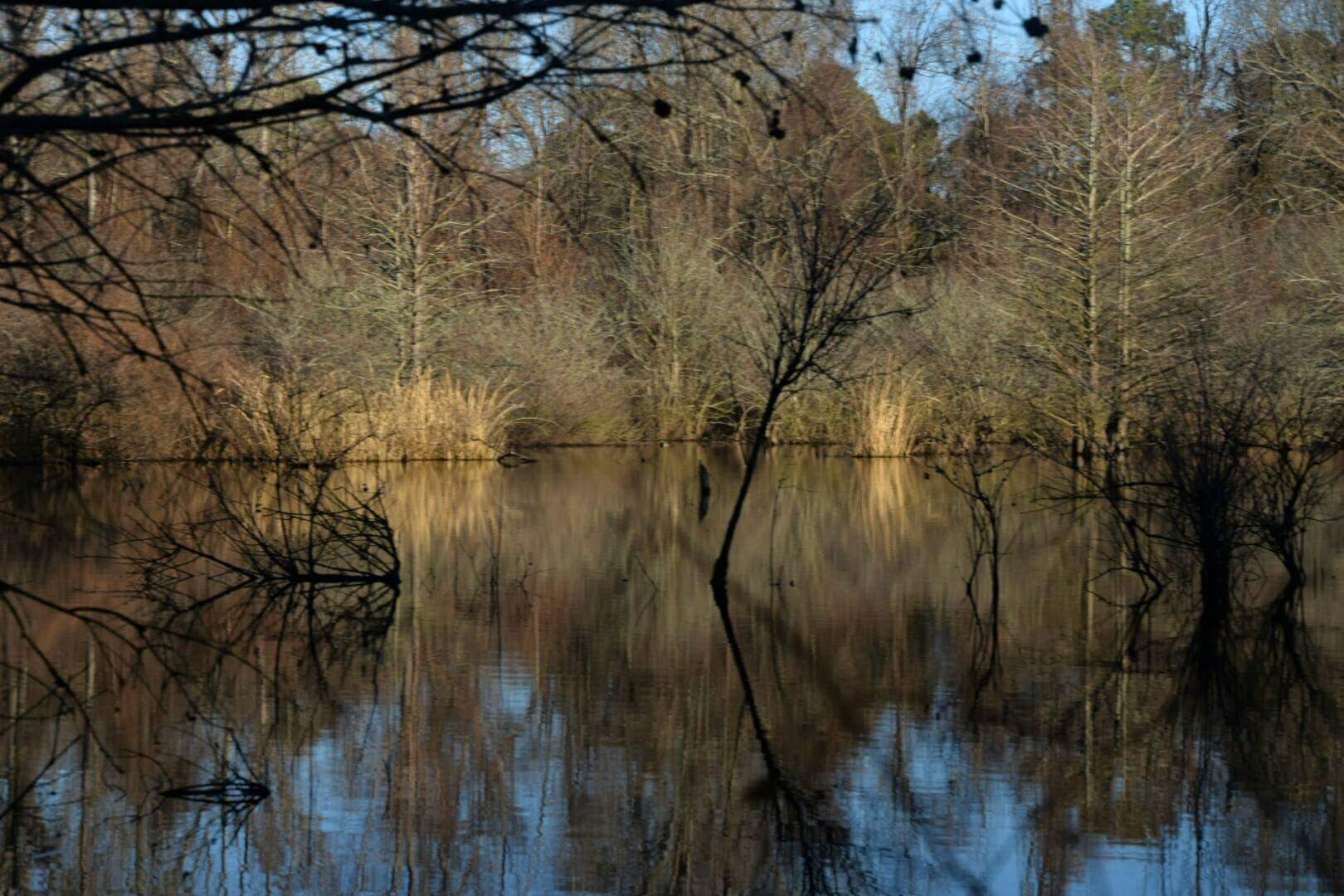PB Junction’s summaries on the history of Pine Bluff, Arkansas, are works in progress. Even the currently published PB History: The Early Days has received updates since it first posted. The upcoming summary of Pine Bluff from the late 1830s through the Civil War and Reconstruction is due as the next history post in the short term future. It, too, is likely to have updates, mostly to expand the topic.
In the meantime, here is perspective on PB Junction’s approach. The history posts will seek to describe all people of the area from the early 1800s to (eventually) the present. The early 1800s is the starting point because the factors that most directly contributed to the incorporation of the town can easily be traced to the 1800s. Of course the history before that matters; but PB Junction marked a starting place with the historical events that had only one or two steps before the incorporation of Pine Bluff Town.
Also, may readers understand that the history of a city will necessarily trace the factors that went into the city’s incorporation. Local incorporations were products of tne United States government and the territorial and state jurisdictions under it. So these things driven by people of European patrilineage, including the Louisiana Purchase, for example, will of course figure into the narrative, even though other peoples were already here and even though other people were forced to support these newcomers.
Of course, the Quapaw, Cherokee, slaves, and former slaves are all prominent peoples and individuals in the area’s history. They were people who lived and suffered and lost and triumphed in what is now known as Pine Bluff and southeast Arkansas. They created the trails and taught the newcomers the terrain. Many of them saved others’ lives by rescue or by battle against common enemies.
In the case of slaves, all contributed significantly to the economy, though with great suffering and no gain of their own, to the point of Arkansas being sixth in cotton production in the nation by the mid-nineteenth century. Slaves also were pivotal in helping the Union Army take control of Pine Bluff during the Little Rock campaign, meaning their roles were crucial in the U.S. taking back Arkansas and starting reconstruction as early as 1863.
So, the slaves and Native Americans will be described as best as possible, though formal documentation does not favor their full identification, most unfortunately. Still, PB Junction will strive to bring their histories into the story to as great an extent as possible and is open to suggestions and corrections.
In the meantime, please forgive — but kindly notify — any errors or omissions. Again, this is a work in progress.

